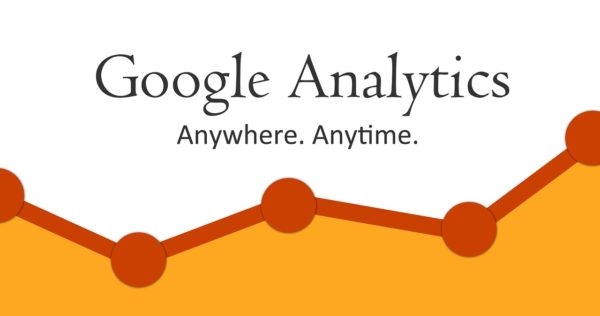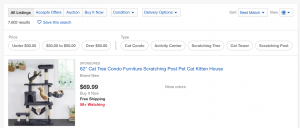— June 20, 2018

Crazyarts / Pixabay
Google Analytics provides a wealth of knowledge on your website – from its most visited pages, to the visitors that are browsing. It’s free, easy to set up, and essential for insights on what’s working and not working for your audience.
In order to get the most from this tool, you have to understand what you are looking at! The better you understand the terminology, the more useful Google Analytics will be for measuring the effectiveness of multiple aspects of your website – month by month and page by page – and giving you the insights needed to make improvements. Below is a glossary of essential terms for making sense of Google Analytics.
Acquisition – Acquisition metrics show where your traffic is originating from, be it Google searches, social media links, or other websites.
Average Session Duration – The average visit length of time a user spends on your website at any given time. This is a key metric for measuring the effectiveness and quality of your website.
Average Time on Page – The average time that users spend viewing a page or group of pages.
Bounce Rate – A bounce is a single page website visit, and so your site’s bounce rate is the percentage of single page visits that your site has. Generally you want this number to be as low as possible, however sites with standalone pages such as blog articles tend to have lower bounce rates by nature.
Direct Traffic – Visitors that came directly to your site by typing your company website’s URL into their browser’s address bar. Direct traffic indicates how many visitors already know your company and URL.
Exit Page – The last page that someone visits before leaving your website.
Filter – A tool that allows you to include or exclude specific data in your reports. For example, you can exclude internal company traffic so that your employees are not included in the website metrics. You can also exclude known bots.
Goal Conversion – This is the completion of an activity on your site that is important to the success of your business, such as a completed sign up for your email newsletter. You must set this up first before Google will track a goal conversion.
Landing Page – The first page that someone visits when they come to your site. Often this is the homepage.
Organic Traffic – Visitors who come to your website from natural (or unpaid) search engine results.
Pages/Session – The average number of pages viewed during one visit.
Pageviews – The total number of website pages viewed. For example, if one person visited your homepage and the contact page, then that would count as 2 pageviews.
Referral Traffic – Visitors that landed on your website through a link on another website, such as Facebook or LinkedIn.
Returning Visitors – Visitors that have previously visited your website.
Search Traffic – Visitors that came to your website through a search engine such as Google or Bing.
Sessions – A session is a single continual active viewing period by a visitor. If a user visits a site several times in one day, each unique visit counts as a session.
Source/Medium – Where your website traffic is coming from. This includes which websites your visitors are coming from as well as what keywords they are using to get to your website.
Unique Visitors – The number of unduplicated visitors to your website (each person only counted once).
Unique Pageviews – The number of new pages per viewing session that users have visited.
Users – The number of people that have visited your site at least once during a given time period. One user could have multiple sessions, but will still be counted as a single user.
% Exit – The ratio of exits to pageviews. This indicates how often users leave page(s) compared to how many pages they view.
There you have it. Now that you understand what you’re looking at, you’ll be able to more effectively navigate Google Analytics for meaningful insights. We’ve tried to cover the primary terms you’ll encounter using Google Analytics and, hopefully, this glossary will help you make sense of your metrics a little better. We’ll be diving much deeper into website analytics and metrics on our blog in the coming weeks, so be sure to check back.
Digital & Social Articles on Business 2 Community
(17)
Report Post








